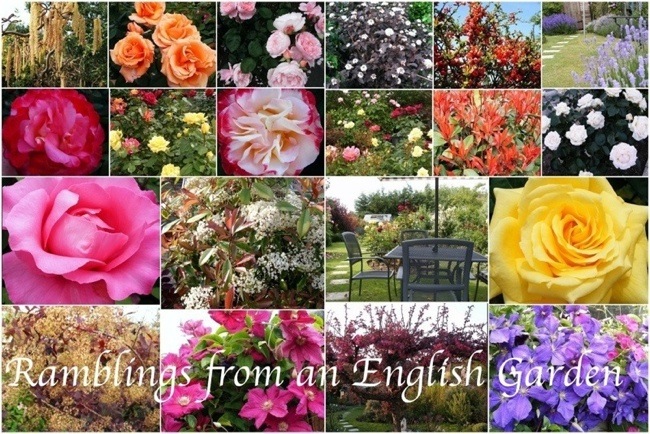Here we have a taste of the history of tea in China
TEA’S GOLDEN AGE IN CHINA
China’s Tang Dynasty (609-907 AD), often called the golden age of Chinese civilisation, flourished alongside a golden age in tea. It was in this epoch that Lu Yu wrote his celebrated The Classic of Tea, which describes the Tang Dynasty’s elaborate tea culture. In his masterpiece, he describes the importance of the terroir where the tea is grown, the ideal water to use, the brewing process and the 24 items of tea paraphernalia required for serving the perfect ‘bowl’ of tea.
In this era and the centuries that followed, tea leaves were not infused but ground into fine particles whisked in hot water in a large vessel before being served in small tea bowls. In the Song Dynasty (960-1279 AD), this evolved into placing the crushed tea leaves directly into the bowls themselves and using a pot simply to boil the water, much like Matcha tea is served today. A royal pastime called doucha, or tea contests, gained popularity: tea dust was placed into cups and mixed with boiling water with a bamboo brush, this produced a powerful white foam and the tea-drinker with the best looking foam would win.
This tradition of whisking tea can be seen to this day in chanoyu, the elaborate and methodical Japanese Tea Ceremony. Brought to Japan by the Buddhist monk Myoan Eisai (1141-1215 AD), tea was embraced in Japan alongside Zen philosophy and flourished into a nationwide pastime.
Firmly established in the East by the 15th century, tea’s journey further west was just beginning.














